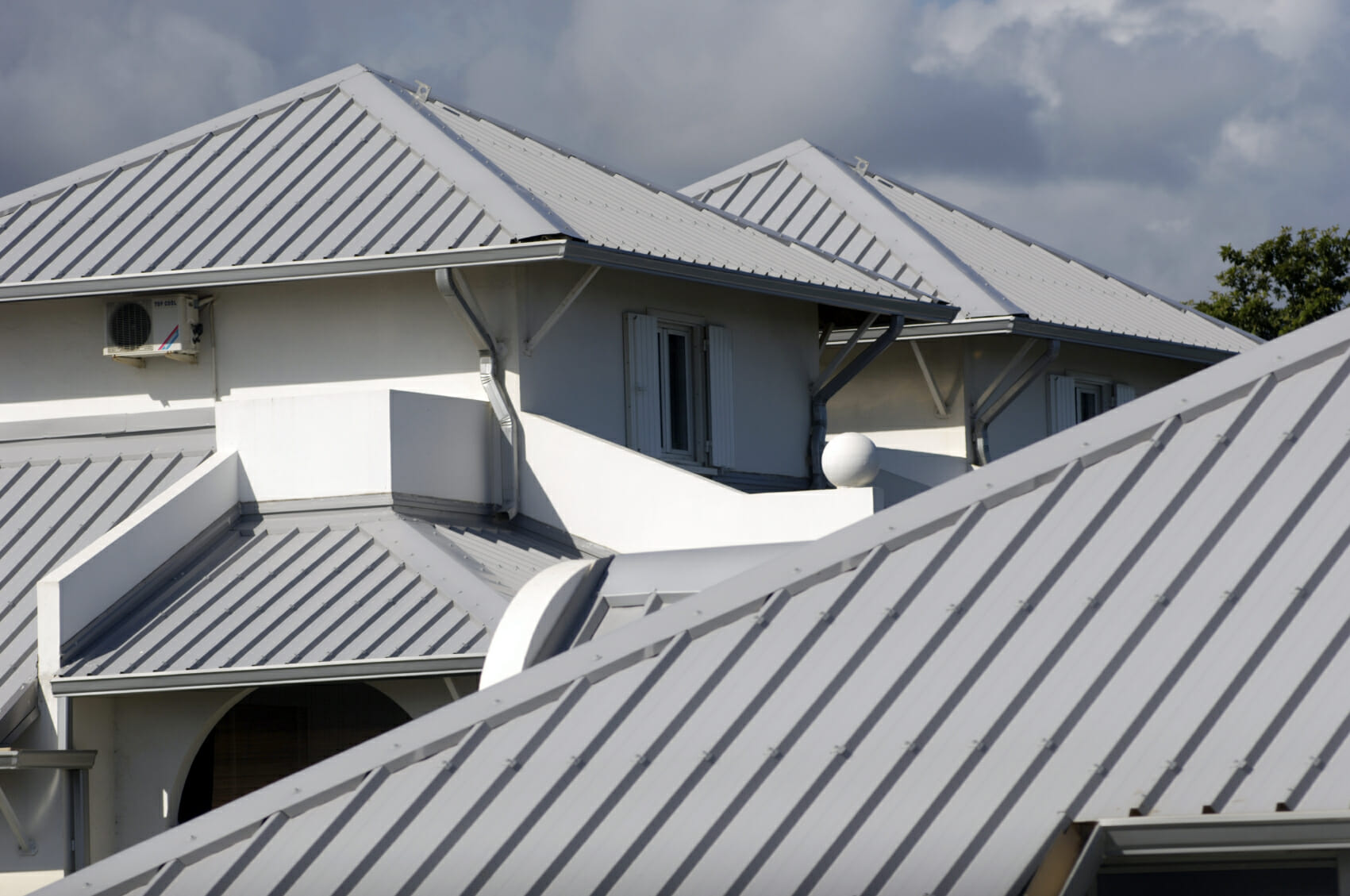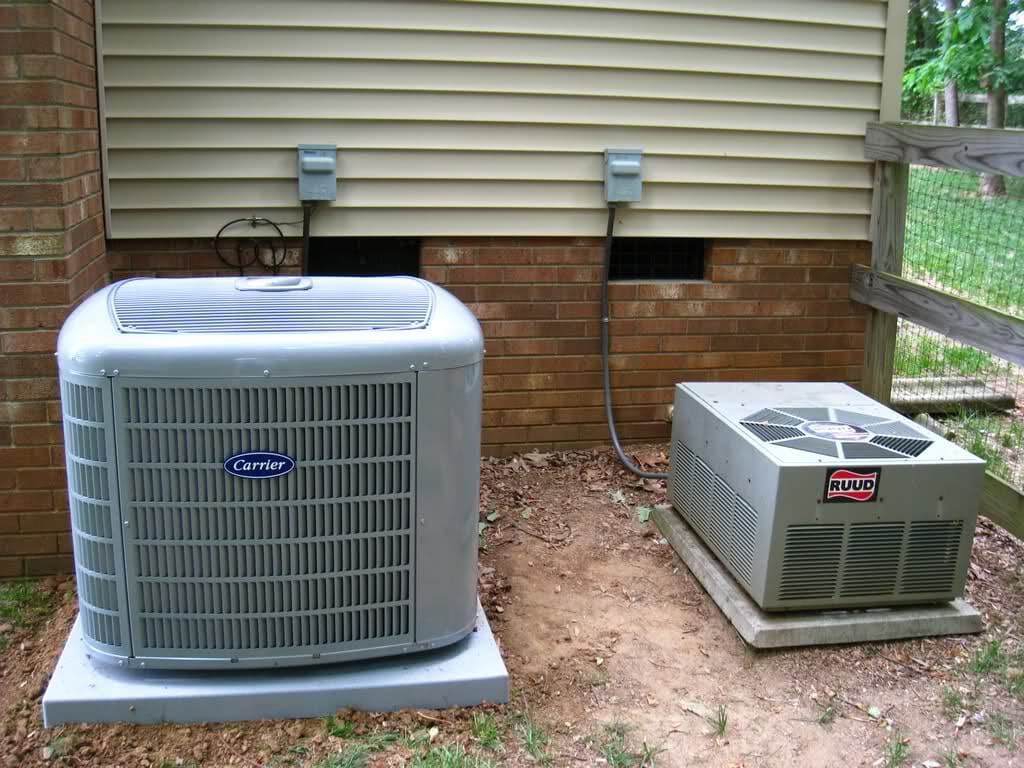Are you doing a roofing project?
Modernize can pair you with three to four pros in your area, so you can compare options and save time and money.
Unless your home is located in a shaded area, your roof is exposed to direct sunlight for hours each day, which raises the indoor temperature on summer days. This results in your HVAC system working harder just to keep up. If you have high summer cooling bills and a traditional asphalt roofing, you have options for energy-efficient roof updates that can reduce the load on your HVAC system.
Improving your roof’s energy efficiency is a smart way to save money on utility bills and reduce your environmental footprint. By incorporating energy-saving roofing solutions, you can maintain a more comfortable indoor environment while lowering your home’s overall energy consumption. Here are six effective tips to make your roof more energy-efficient:
1. Install Metal Roofing
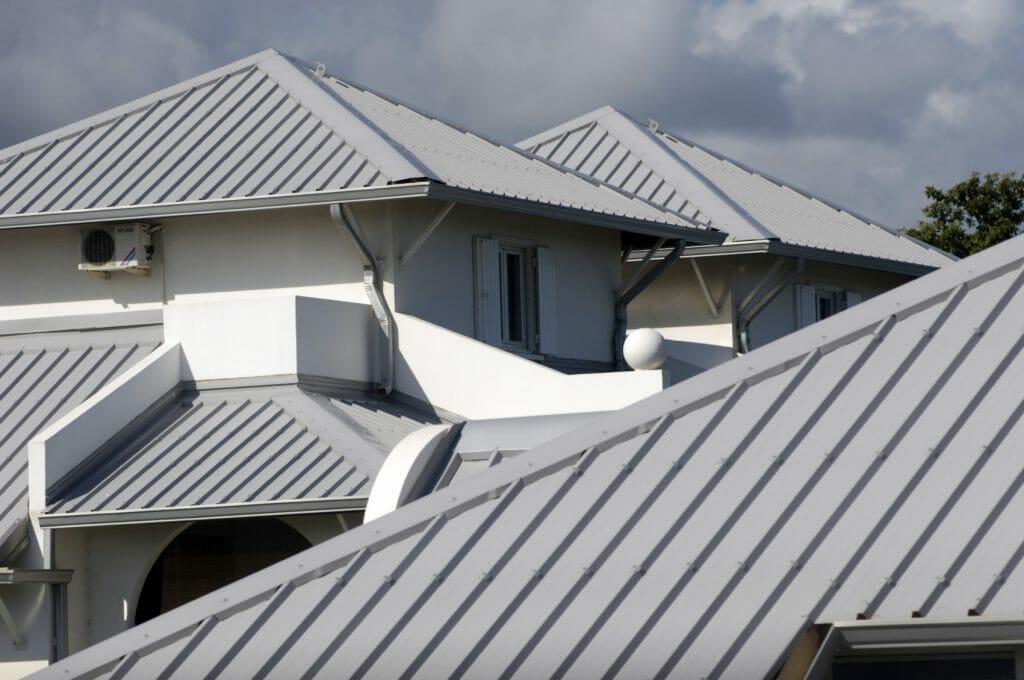
Metal roofs are an excellent option for energy efficiency. Their reflective coatings minimize heat absorption, keeping your home cooler in summer and better insulated in winter. While metal roofing has a higher upfront cost compared to traditional asphalt shingles, it pays off through long-term energy savings and durability. Additionally, metal roofs are often made from recycled materials, making them an eco-friendly choice.
The most common types of metal roofing include aluminum, steel, and copper. These can be designed as shingles or panels, and can even be stone-coated to mimic slate tile roofing or clay tiles. If your heart is set on the more historic look, slate or clay tiles are energy efficient in the sense that they insulate your home effectively. Still, they don’t have the same reflective properties as metal roofing. They’re also heavier and tend to be more expensive. Find a metal roofing contractor to help you with your roofing installation project.
2. Apply a Reflective Coating
Cool roof coatings are specialized paints or finishes designed to reflect sunlight and absorb less heat. These coatings lower your roof’s surface temperature, reducing the need for air conditioning during hot months. Applying a cool roof coating is a cost-effective way to enhance energy efficiency, particularly for homes in warmer climates.
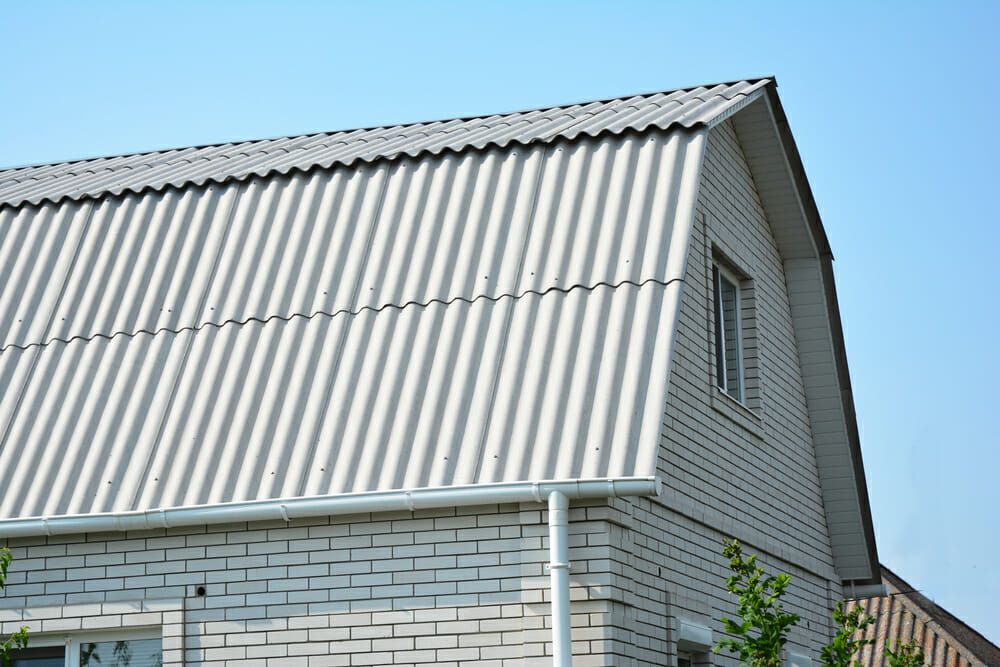
3. Choose Light-Colored Roofing Materials
Roofing materials in lighter shades naturally reflect more sunlight compared to darker colors, which absorb heat. Light-colored roofs can significantly reduce cooling costs, especially in regions with high temperatures. By reflecting solar energy away from your home, you can create a more energy-efficient living space while reducing strain on your HVAC system.
Find the Right Contractor for Your Roofing Project
Whether you’re ready to begin your project now or need some expert advice, our network of contractors are here to help. With a few simple questions, we’ll find the best local professionals for you
4. Improve Roof Insulation
Proper roof insulation is critical to energy savings. Insulation helps maintain a consistent indoor temperature, reducing heat loss during the winter and preventing heat gain in the summer. Upgrading your roof’s insulation ensures your heating and cooling systems don’t have to work as hard, lowering energy bills and improving indoor comfort.
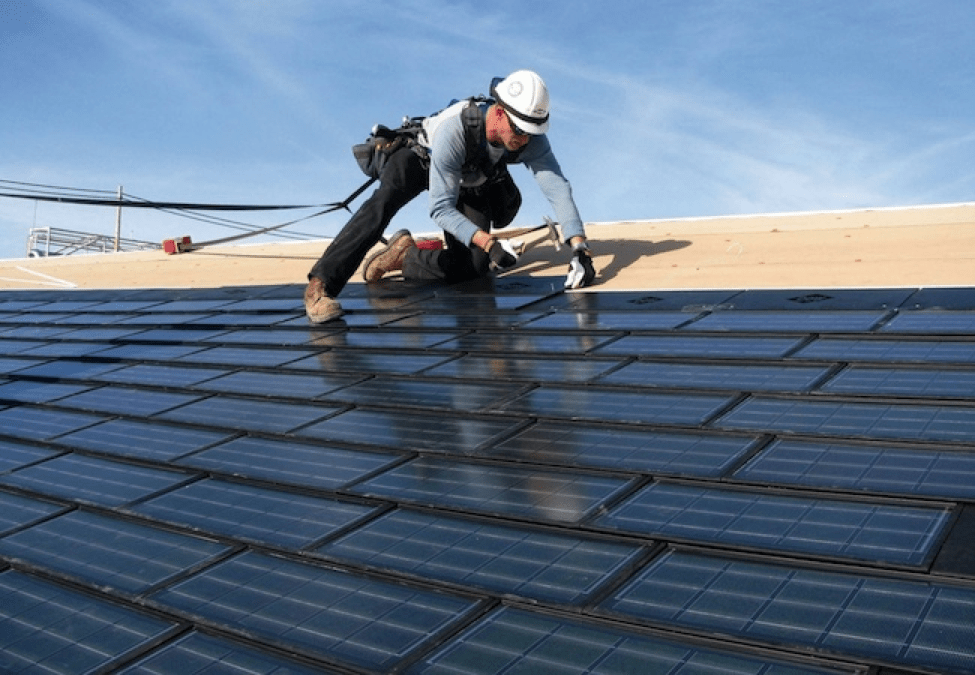
5. Install Solar Panels
Adding solar panels to your roofing system allows you to harness renewable energy, reducing your dependence on traditional power sources. While solar panels require an upfront investment, they provide long-term savings by generating your own electricity. Many homeowners find that the combination of energy savings and available tax incentives makes solar panels a practical and cost-effective choice.
Or Consider Solar Shingles
If you’re ready to make a larger investment and want cutting-edge energy efficiency, solar shingles are an excellent choice. These building-integrated photovoltaic (BIPV) systems combine the functionality of solar panels with the sleek appearance of traditional roofing materials. Solar shingles are ideal for homeowners who value the benefits of solar power but prefer a more seamless, aesthetically pleasing look. While they are slightly less efficient than traditional solar panels, their ability to blend seamlessly with your roof makes them a top option for those prioritizing style and sustainability.
6. Consider a Green Roof
A green roof, which incorporates vegetation, provides natural insulation and reduces heat absorption. Green roofs help regulate indoor temperatures, lower energy costs, and offer additional benefits such as improving air quality and reducing the urban heat island effect. This innovative roofing solution not only enhances energy efficiency but also contributes to a healthier, more sustainable environment.

Other Factors to Consider
- While energy-efficient roofing materials are more expensive than asphalt, they add value to your home and cut down your energy bills, bringing in an impressive ROI.
- If you plan to take on any of these larger projects, make sure you hire a contractor who has specific experience in installing that type of roofing or feature, even if it requires extra research. You don’t want to waste your money.
- If you are not sure where to start, get a home energy audit. No matter what roofing style, or material you choose, making your home more energy efficient will yield more positive results.
Find the Right Contractor for Your Roofing Project
Whether you’re ready to begin your project now or need some expert advice, our network of contractors are here to help. With a few simple questions, we’ll find the best local professionals for you
Reviews from Real Homeowners
Welcome to Homeowner Resources! We are the Modernize blog. Modernize pairs more than 3 million homeowners a year with pre-vetted contractors in their area. This blog started because we believe homeowners should know everything about their homes, from how their HVAC works to which front door colors they might love. On Homeowner Resources, you can find information on every part of your home, right down to how you can negotiate with contractors to get the best price. Here's more about the blog.
Need a contractor? Learn more about how Modernize finds the right pro for you.
